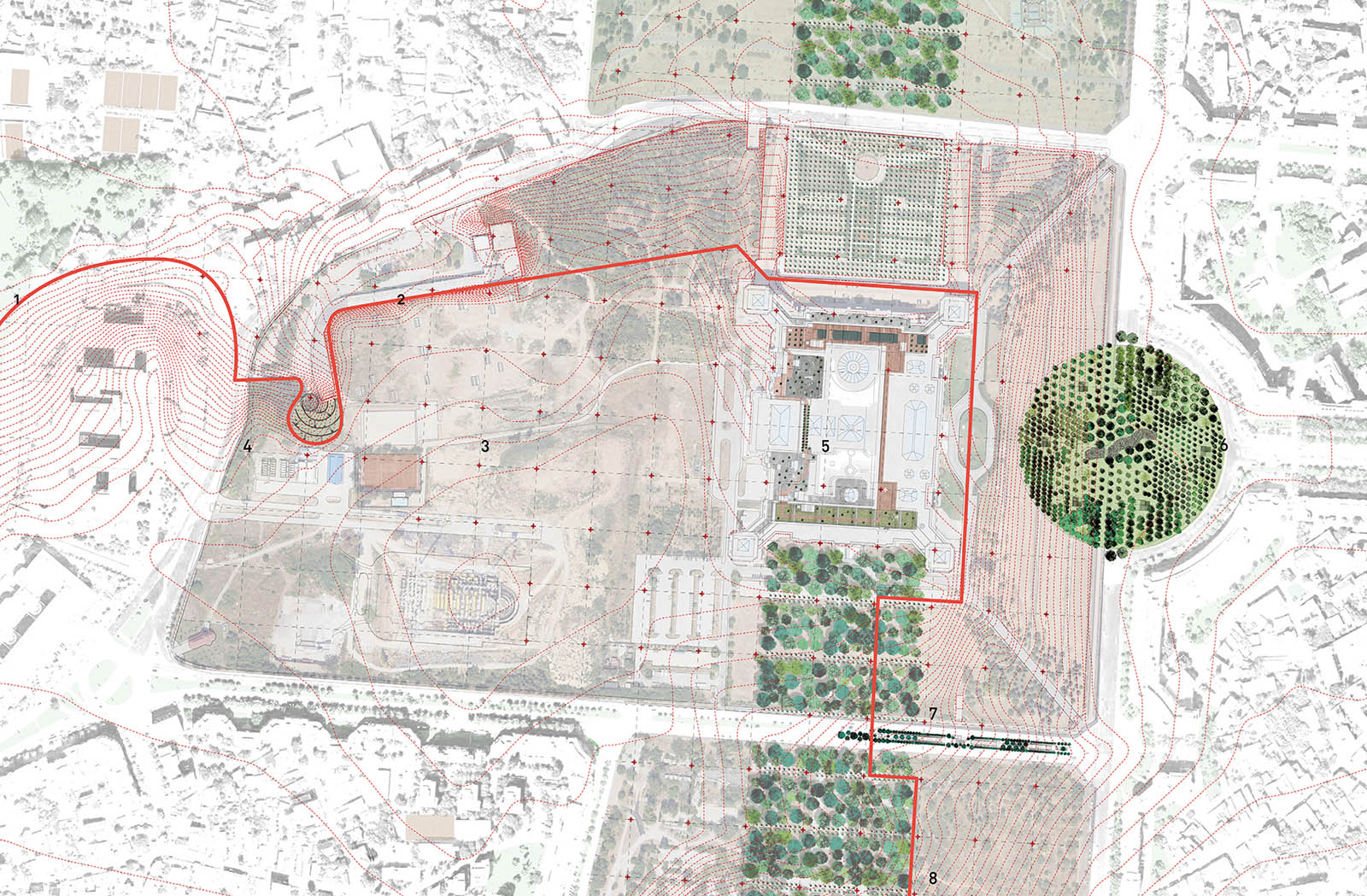Downloads
DOI:
https://doi.org/10.7480/spool.2016.1.1135Abstract
In this paper, I introduce the concept of the frame. The mechanisms of framing are a strategic and conceptual tool for dealing with the complexities of place in terms of site specificity. Starting from both a theoretical understanding of the frame in terms of what it does rather than what it is, and from a specific site — the territory surrounding the Palace of the Parliament in Bucharest, Romania — I investigate ways of working with a contested territory in a site specific, open-ended way. As the locus of a large-scale urban project for a new civic centre initiated in 1984 by Ceausescu and interrupted by the revolution of 1989, this territory is fixed in both scale and determination. The mechanisms of framing provide the starting point for rethinking the site through framing, in order to uncover, draw out, and reconfigure its specificities, providing a structure for a wide range of place-making practices to unfold.
How to Cite
Published
License
Copyright (c) 2020 SPOOL

This work is licensed under a Creative Commons Attribution 4.0 International License.

References
Cache, B., & Speaks, M. (1995). Earth moves. Cambridge, Mass.: MIT Press.
Deleuze, G. (1986). Cinema. Minneapolis: University of Minnesota.
Deleuze, G., & Guattari, F. (1987). A thousand plateaus. Minneapolis: University of Minnesota Press.
Deleuze, G., & Guattari, F. (1994). What is philosophy?. New York: Columbia University Press.
Giurescu, D. (1990). The razing of Romania’s past. New York: World Monuments Fund.
Grosz, E. (2012). Chaos, Territory, Art. New York: Columbia University Press.
Versteegh, P. (2005). Méandres. Lausanne (Suisse): Presses polytechniques et universitaires romandes



